William Klein, an American in Post-war Japan
In his book 'Tokyo 1961', the photographer documents an unusual section of Japanese society in the style of a photo journal.
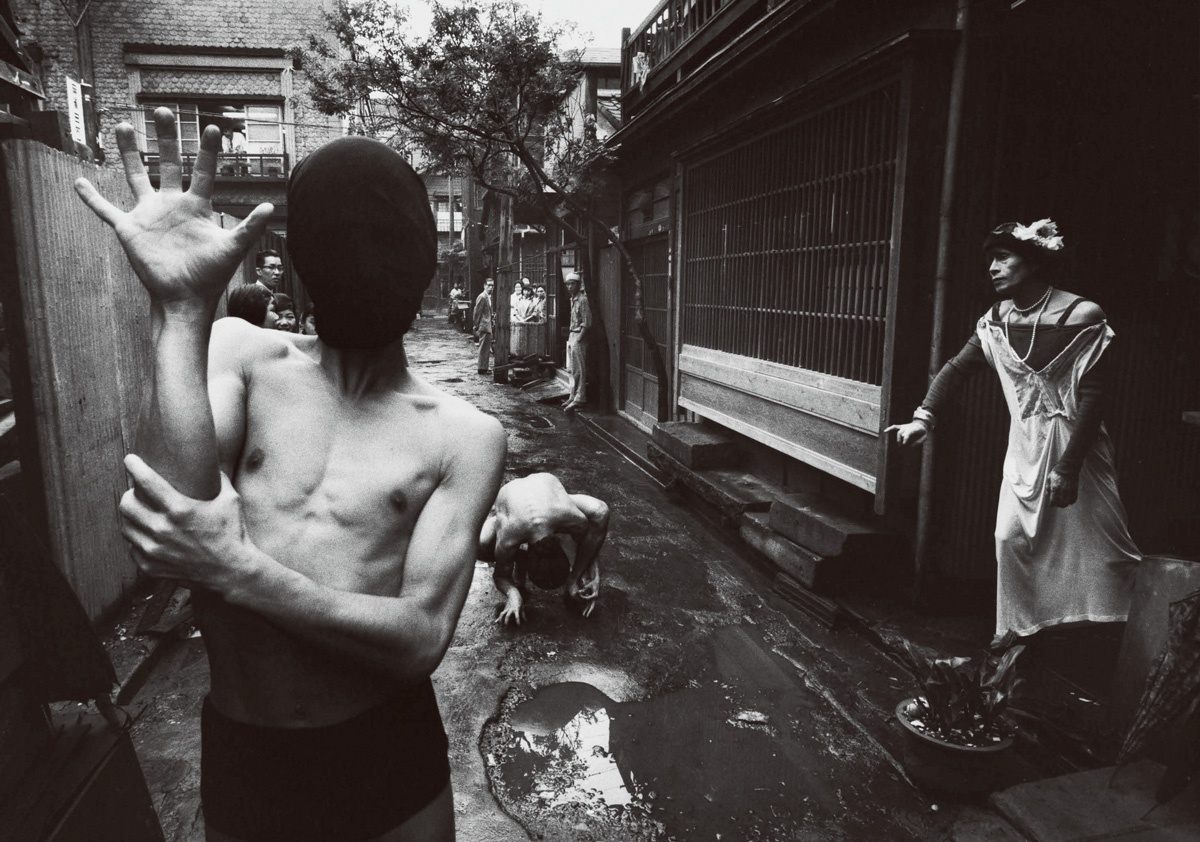
©︎ William Klein, courtesy of Akio Nagasawa Gallery
It was 1961 when American photographer William Klein set foot in Japan for the first time. He was initiated into Tokyo life by a group of official representatives, enabling him to photograph certain seats of power that would ordinarily be difficult for novices from overseas to access; however, he managed to escape their watchful eye to go deeper into the city, free from the filter of protocol. His time in Japan left him with a collection of analogue photographs in black and white, often taken with a wide-angle lens, and compiled in the book Tokyo 1961, published by Zokeisha in 1964.
William Klein is a New York-born photographer who studied sociology at university. He discovered Europe while on military service, and attended the Sorbonne where he also studied painting alongside Fernand Léger. A self-taught photographer, he published his first book of photographs in 1956 as a photo journal, a form that would become his hallmark, on the boundary between an intimate diary and a historic document.
Fondness for the underground
Tokyo 1961 adopts all the codes of the genre: William Klein wandered around Japan during the post-war period that was marked by contrasts, between the first signs of the anti-American movements and the excitement around the forthcoming 1964 Olympic Games. His photographs feature the Tokyo Stock Exchange and the imperial couple, as well as prostitutes and eye debridement operations. William Klein took photographs everywhere, with an especial fondness for the underground. The avant-garde is also never far away, as the photographer was present for several sessions during which artist Ushio Shinohara worked on his boxing paintings and followed the frenetic pace of Kazuo Ono, the co-founder of buto, on his trips around the city.
Tokyo 1961 is the final part in a larger series of photographs that features three other major cities: New York, Rome, and Moscow.
Tokyo 1961 (1964), a book of photographs by William Klein, is published by Zokeisha and was reissued in 2014 by Akio Nagasawa.
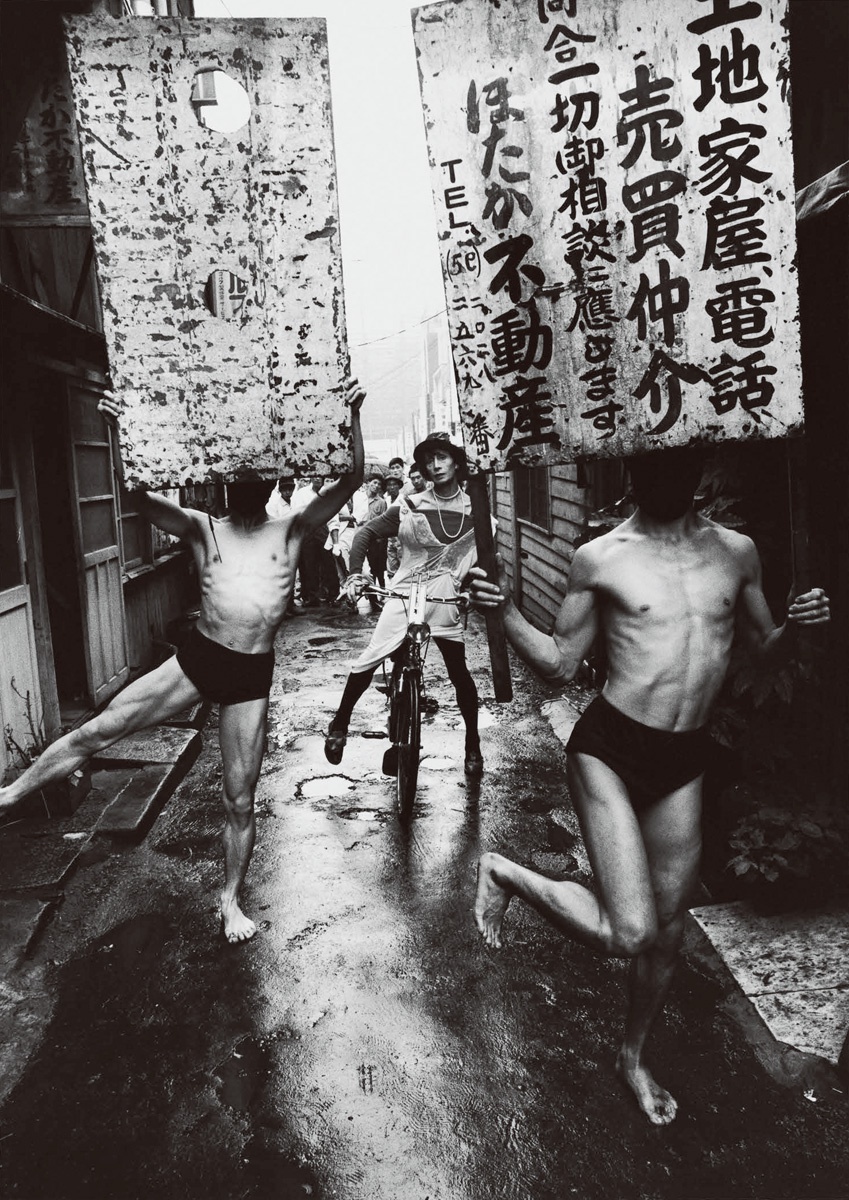
©︎ William Klein, courtesy of Akio Nagasawa Gallery
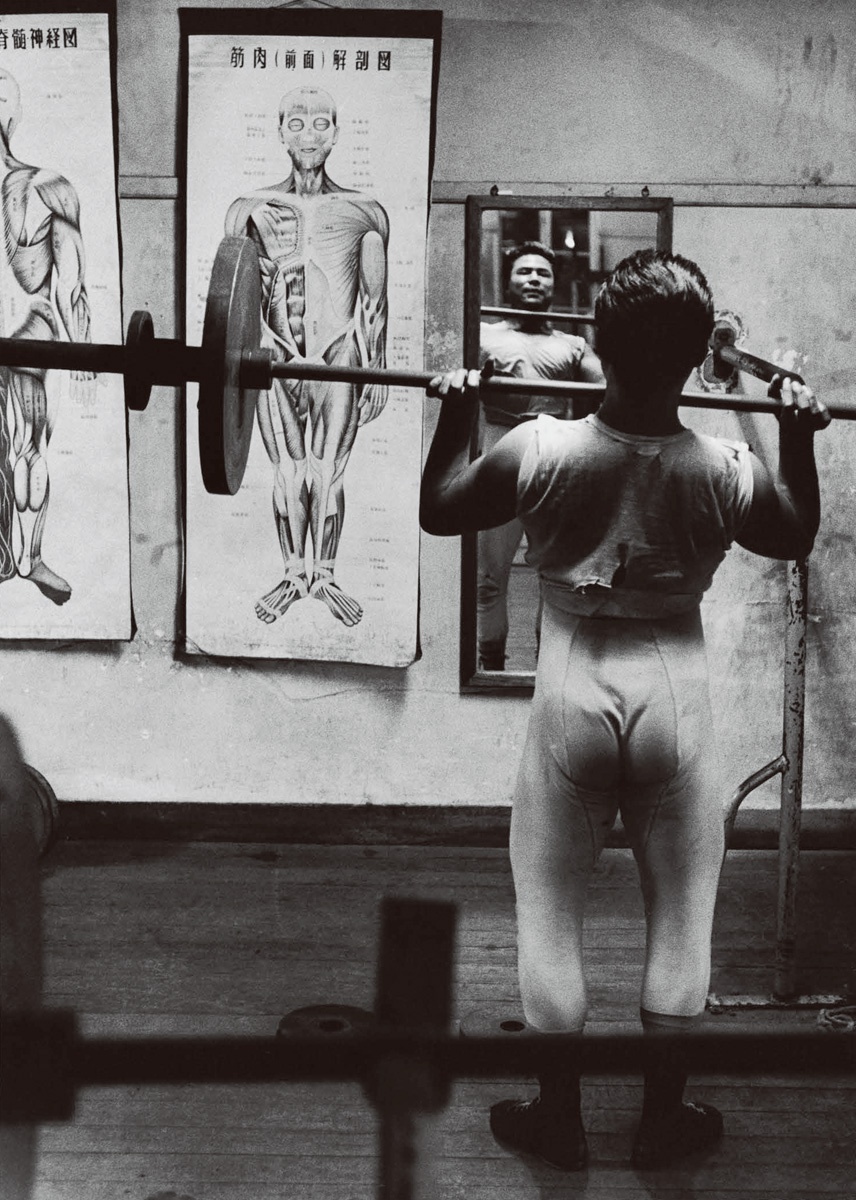
©︎ William Klein, courtesy of Akio Nagasawa Gallery
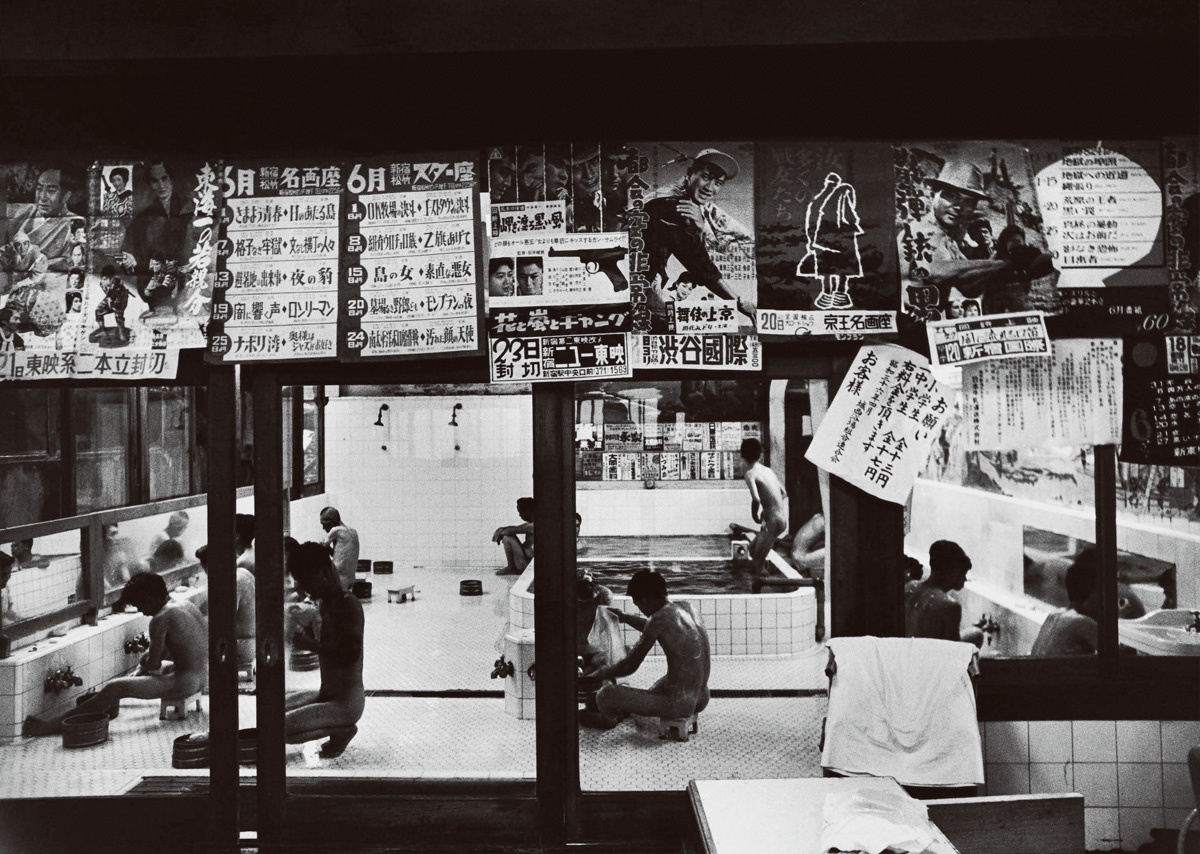
©︎ William Klein, courtesy of Akio Nagasawa Gallery

©︎ William Klein, courtesy of Akio Nagasawa Gallery
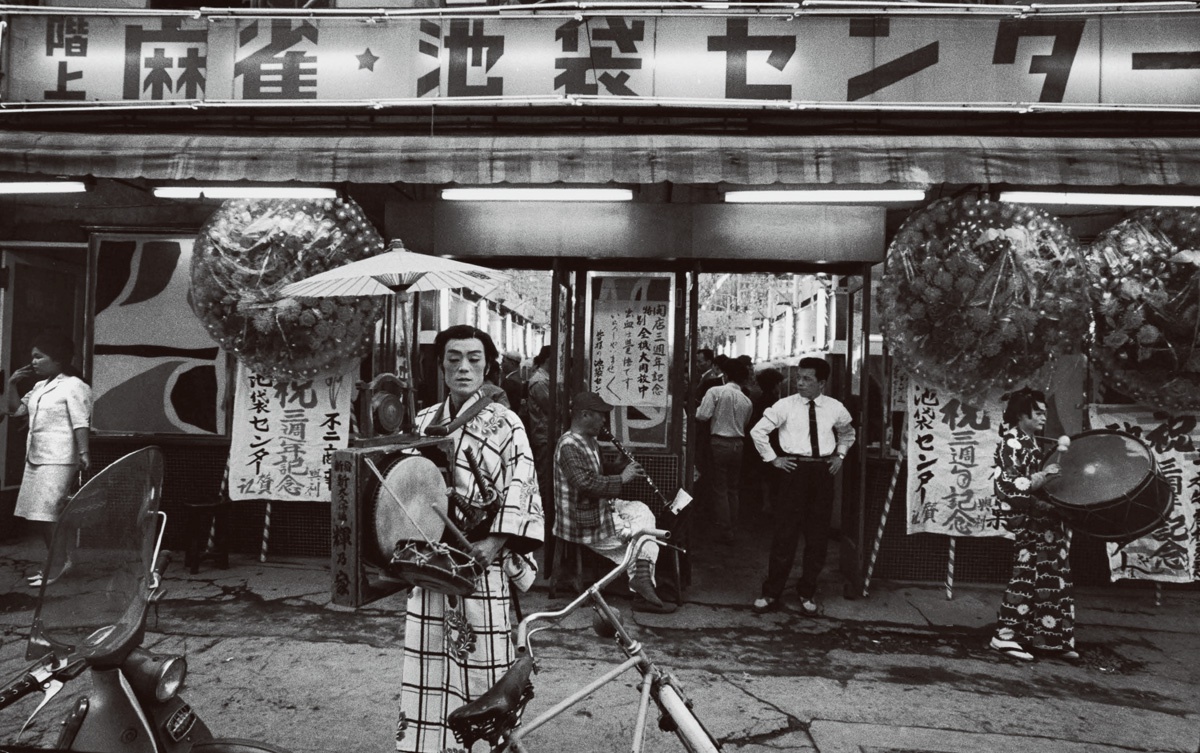
©︎ William Klein, courtesy of Akio Nagasawa Gallery
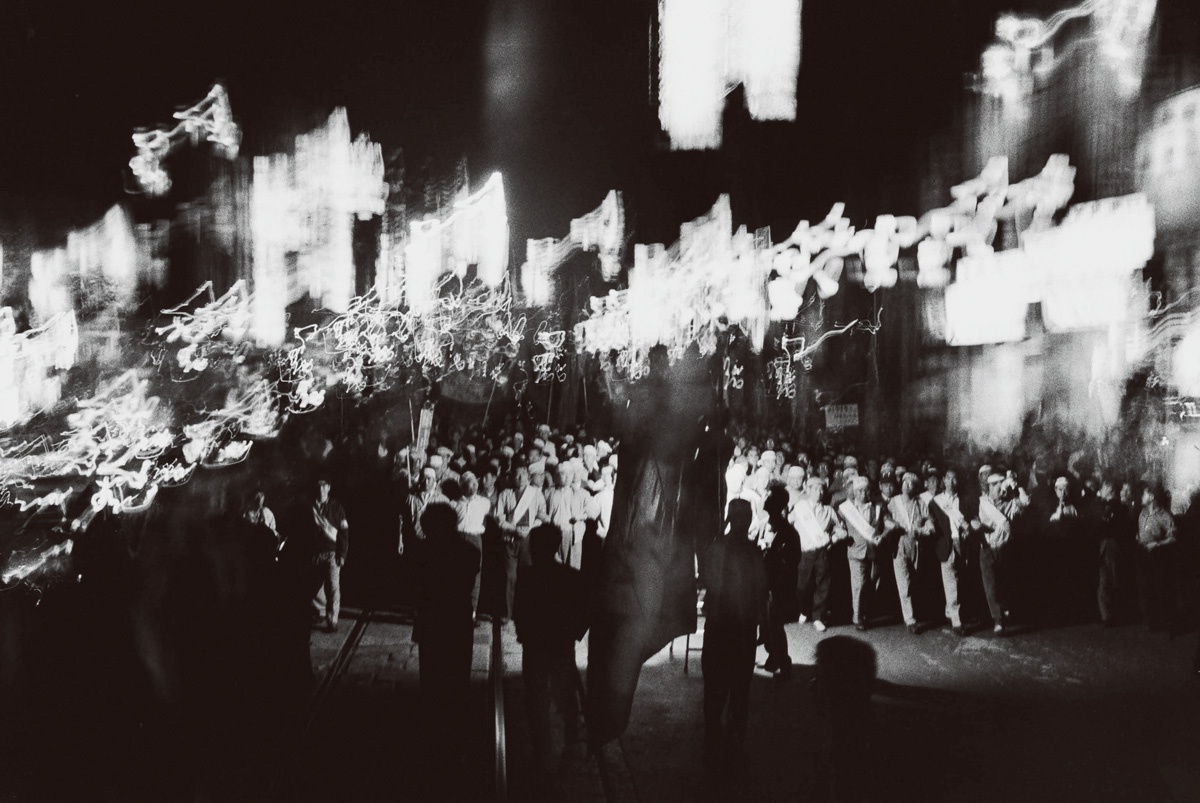
©︎ William Klein, courtesy of Akio Nagasawa Gallery
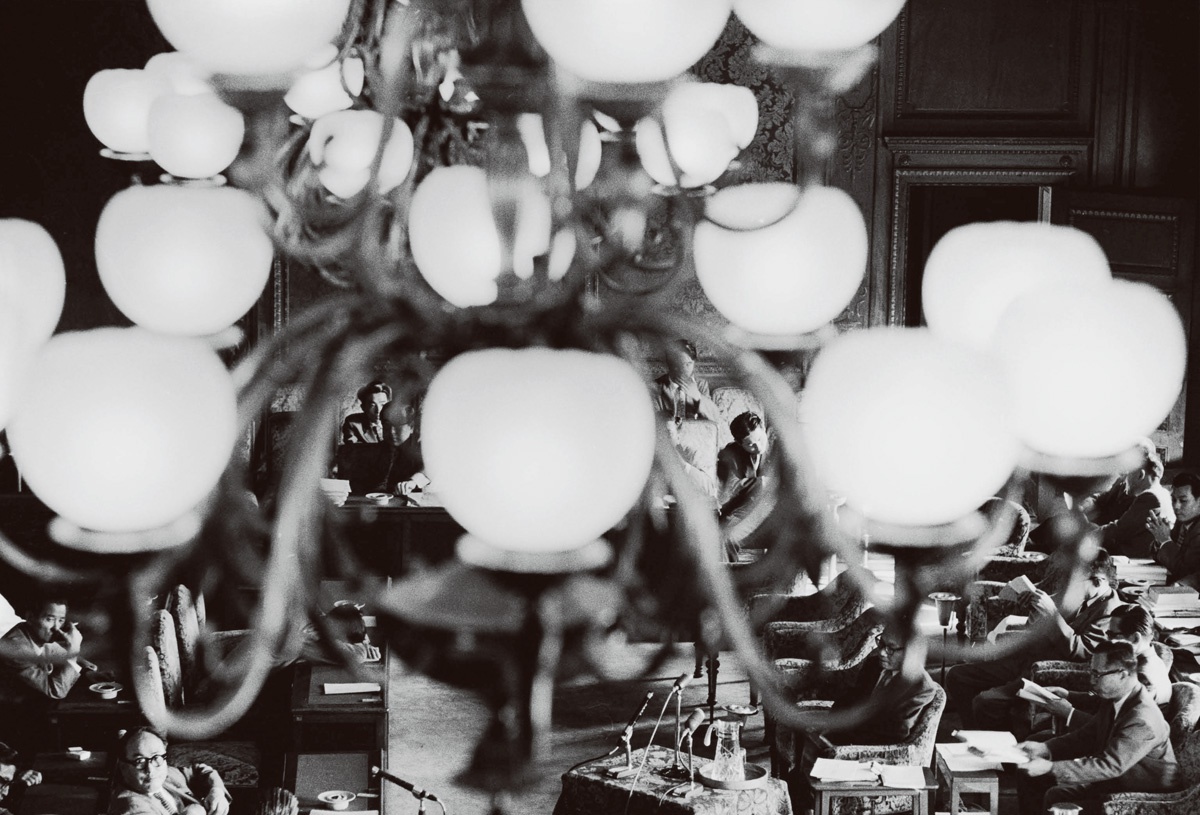
©︎ William Klein, courtesy of Akio Nagasawa Gallery
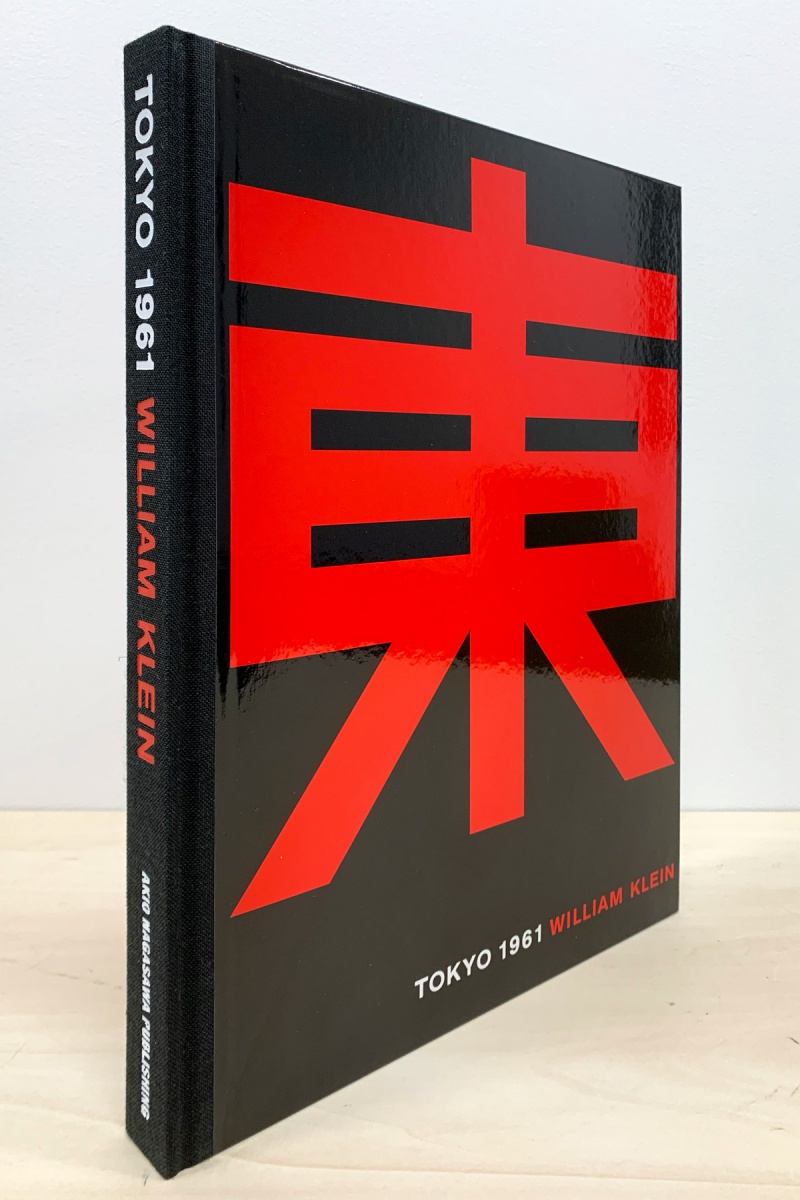
©︎ Akio Nagasawa Gallery
TRENDING
-
The Tattoos that Marked the Criminals of the Edo Period
Traditional tattoos were strong signifiers; murderers had head tattoos, while theft might result in an arm tattoo.

-
Paris, Tokyo: Robert Compagnon
With his co-chef and talented wife, Jessica Yang, Robert Compagnon opened one of the top new restaurants in Paris: Le Rigmarole.
 3:31
3:31 -
Chiharu Shiota, Red Threads of the Soul
Last year, more than 660,000 people visited the retrospective 'Chiharu Shiota: The Soul Trembles' exhibit at the Mori Art Museum.

-
‘Before Doubting Others, Doubt Yourself. Who Can Truly Say a Dish Isn’t What It Used to Be?’
In ‘A Non-Conformist’s Guide to Surviving Society’, author Satoshi Ogawa shares his strategies for navigating everyday life.

-
The Story of Sada Yacco, the Geisha who Bewitched Europe
Described by Dazed magazine as the first beauty influencer, she has been restored to her former glory since 2019.





